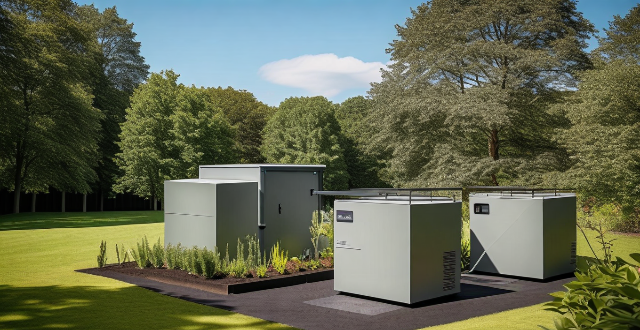Climate-smart technologies, designed to mitigate and adapt to climate change impacts, aim to reduce greenhouse gas emissions, enhance carbon sequestration, and improve resource efficiency. These technologies can help reduce global warming through energy efficiency, renewable energy, and carbon capture and storage. They also aid in adaptation through water management, agricultural innovation, and early warning systems. Co-benefits include resource conservation, economic growth, and health improvements. However, scaling up these technologies, policy support, and equity are challenges that need to be addressed for their successful implementation.

Can Climate-Smart Technologies Help Reduce Global Warming?
Climate-smart technologies are designed to mitigate and adapt to the impacts of climate change. These technologies aim to reduce greenhouse gas emissions, enhance carbon sequestration, and improve resource efficiency. The question arises: can these technologies help reduce global warming? The answer is multifaceted but generally positive.
Key Points
Mitigation Aspects
- Energy Efficiency: Advances in energy-efficient appliances, buildings, and industrial processes can significantly decrease energy demand and consequently reduce CO2 emissions.
- Renewable Energy: Technologies like solar, wind, hydro, and geothermal power generation have minimal associated emissions compared to fossil fuels.
- Carbon Capture and Storage (CCS): Techniques that capture CO2 at the source and store it underground or use it in industrial processes can curtail atmospheric concentrations.
Adaptation Aspects
- Water Management: Technologies for efficient water usage and protection from extreme weather events are crucial for adaptation.
- Agricultural Innovation: Climate-resilient crop varieties and precision farming techniques can increase yields while reducing vulnerability to climate stresses.
- Early Warning Systems: Technological advancements in forecasting extreme weather events enable better preparedness and response.
Co-Benefits
- Resource Conservation: Many climate-smart technologies conserve resources beyond just reducing emissions, such as water and land use efficiency.
- Economic Growth: Investment in green technology often stimulates economic growth through job creation and new industries.
- Health Benefits: Reductions in air pollution associated with cleaner energy production can lead to significant public health improvements.
Challenges and Considerations
- Scaling Up: While individual technologies show promise, scaling them up to make a global impact is challenging due to financial and logistical constraints.
- Policy Support: Government policies must support the development and adoption of these technologies through incentives and regulations.
- Equity: Ensuring that climate-smart technologies are accessible and beneficial to all populations, including the most vulnerable communities.
In conclusion, climate-smart technologies offer a suite of solutions that, if adequately developed and deployed, can play a critical role in reducing global warming. However, their success depends on concerted efforts across multiple sectors, including research, finance, policy, and society at large.